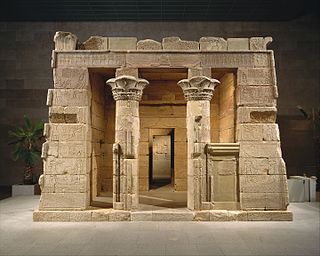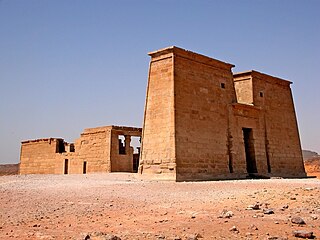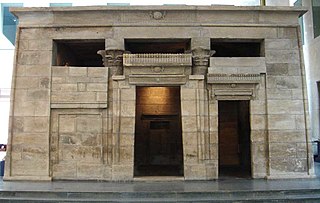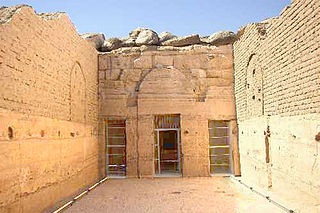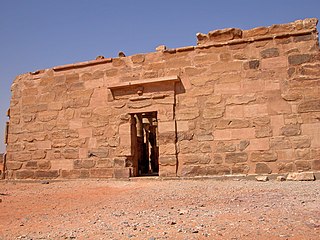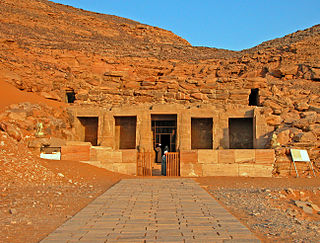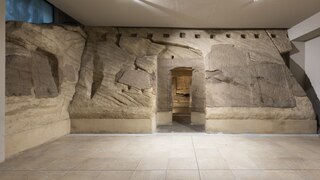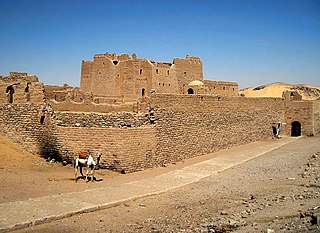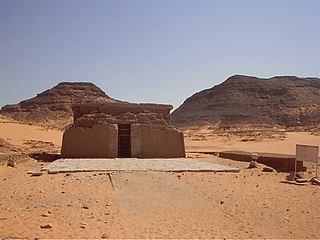10 Sights in Aswan, Egypt (with Map and Images)
Legend
Premium Sights
Book tickets, guided tours and activities in Aswan.
Guided Free Walking Tours
Book free guided walking tours in Aswan.
Welcome to your journey through the most beautiful sights in Aswan, Egypt! Whether you want to discover the city's historical treasures or experience its modern highlights, you'll find everything your heart desires here. Be inspired by our selection and plan your unforgettable adventure in Aswan. Dive into the diversity of this fascinating city and discover everything it has to offer.
Activities in Aswan1. Temple of Dendur
The Temple of Dendur is a Roman Egyptian religious structure originally located in Tuzis, Nubia about 80 kilometres (50 mi) south of modern Aswan. Around 23 BCE, Emperor Augustus commissioned the temple dedicated to the Egyptian goddess Isis and deified brothers Pedesi and Pihor from Nubia.
2. Ed Dakka Temple
Ad-Dakka was a place in Lower Nubia. It is the site of the Greco-Roman Temple of Dakka, dedicated to Thoth, the god of wisdom in the ancient Egyptian pantheon. The temple was initially a small one-room shrine or chapel, first begun in the 3rd century BC by a Meroitic king named Arqamani in collaboration with Ptolemy IV who added an antechamber and a gate structure. Ptolemy IX "subsequently enlarged the temple by adding a pronaos with two rows of probably three columns." During the Roman period, the Emperors Augustus and Tiberius further enlarged the structure with "the addition, at the rear, of a second sanctuary as well as inner and outer enclosure walls with a large pylon. The sanctuary contained a granite naos." The Temple of Dakka was transformed into a temple fortress by the Romans and surrounded by a stone wall, 270 by 444 metres long, with an entrance along the Nile.
3. Temple of Taffeh
The Temple of Taffeh is an ancient Roman Egyptian temple currently located in the Rijksmuseum van Oudheden in Leiden, the Netherlands. The temple was originally built between 25 BCE and 14 CE as part of the Roman fortress known as Taphis, in Egypt. The Egyptian government donated the temple to the Netherlands as a sign of gratitude for their participation in the International Campaign to Save the Monuments of Nubia. It is one of the few works of ancient Egyptian architecture relocated outside Egypt and the only one of its kind in the Netherlands.
4. Temple of Beit el-Wali
The Temple of Beit el-Wali is a rock-cut ancient Egyptian temple in Nubia which was built by Pharaoh Ramesses II and dedicated to the deities of Amun-Re, Re-Horakhti, Khnum and Anuket. It was the first in a series of temples built by Ramesses II in this region; its name Beit el-Wali means 'House of the Holy Man' and may indicate its previous use by a Christian hermit at some point in time. The temple was relocated during the 1960s as part of the International Campaign to Save the Monuments of Nubia as a result of the Aswan High Dam project and moved towards higher ground along with the Temple of Kalabsha. This move was coordinated with a team of Polish archaeologists financed jointly by a Swiss and Chicago Institute respectively. The temple was located 50 kilometres south of Aswan.
5. Maharraqa
Temple of Al-Maharraqa is an ancient Egyptian Temple dedicated to Isis and Serapis. It was originally located in al-Maharraqa, Lower Nubia, approximately 140 km (87 mi) south of Aswan on the southern border of the Roman empire. In the 1960s it was relocated as part of the International Campaign to Save the Monuments of Nubia.
6. Temple of Derr
The Temple of Derr or el-Derr is a speos or rock-cut Egyptian temple, now located in New Amada in Lower Nubia. It was built during the 19th dynasty by Pharaoh Ramesses II. It is the only rock-cut temple in Nubia, which was constructed by this pharaoh on the right bank of the Nile and used to stand at el-Derr. The temple's unique position "was probably because the river on its approach to the Korosko bend flows in an 'unnatural' southeasterly direction". The Derr structure was known in ancient times as 'The Temple of Ri'amsese-meryamun [Ramesses II] in the Domain of Re' and was dedicated to the god Ra-Horakhty. Scholars disagree over its precise construction date: the French Egyptologist Nicolas Grimal states that it was built in the thirtieth year of Ramesses II, presumably to coincide with his first royal jubilee. John Baines and Jaromír Málek also write that the temple of Derr "was built in the second half of the king's reign", likely because its "plan and decoration resembles the Great Temple of Abu Simbel ". Abu Simbel was built between Year 24 and Year 31 of Ramesses' reign. According to Joyce Tyldesley, the Temple of Derr was built by Setau, who is known to have served as Ramesses' Viceroy of Kush or Nubia between Year 38 to 63 of this pharaoh's reign.
7. Temple of Ellesyia
The Temple of Ellesyia is an ancient Egyptian rock-cut temple originally located near the site of Qasr Ibrim. It was built during the 18th Dynasty by the Pharaoh Thutmosis III. The temple was dedicated to the deities Amun, Horus and Satis. Tuthmosis III had a small temple carved into the rock at Ellesiya, not far from Abu Simbel, dedicated to Horus of Miam and Satet. The temple is only accessible from the river. The interior features an inverted T-shaped structure, consisting of a corridor and two side chambers. On the walls, scenes depict offerings made by the king to the Egyptian and Nubian gods. The figures face the back wall, where statues of Horus, Satet, and Tuthmosis III on a throne are carved in half-relief.
8. Saint Simeon Monastery
The Monastery of St. Semaan in Aswan is one of the ancient Coptic Orthodox monasteries. It is one of the largest Coptic monasteries in the world, dating back to the sixth century. Its original name was "Anba Hadra Monastery", and due to the lack of water a century after its construction, the monastery was abandoned and left for several years untouched.
9. Amada
The temple is considered the oldest Egyptian temple in Nubia, established by Thutmose III of the Eighteenth Dynasty and dedicated to Amun and Ra-Horachti, whose son and successor Amenhotep III completed the decoration of the temple. Amenhotep III's successor, Thutmose II, decided to place the outer roof of the foyer and use the pattern of column rows in it. During the Amarna era, Akhenaten ordered the name of Amun to be erased from the temple and was later restored during the reign of Seti I of the Nineteenth Dynasty. Several kings of the Nineteenth Dynasty, especially Seti I and Ramesses II, also carried out "simple restorations and added to the decorations of the temple." The temple murals describe the architectural activity of the governor of Kush Sitao, Haqanakht, Misiwi, Chancellor Bey during the reigns of Ramesses II, Merneptah, and Septah respectively.
10. Gerf Hussein
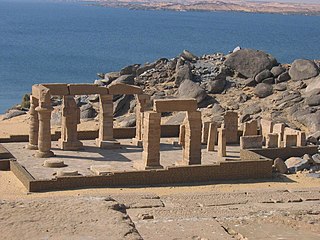
The temple of Gerf Hussein was dedicated to pharaoh Ramesses II and built by the Setau, Viceroy of Nubia. Situated on a bank of the Nile some 90 km south of Aswan, it was partly free-standing and partly cut from the rock. It was dedicated to "Ptah, Ptah-Tatenen and Hathor, and associated with Ramesses, 'the Great God.'"
Share
How likely are you to recommend us?
Disclaimer Please be aware of your surroundings and do not enter private property. We are not liable for any damages that occur during the tours.
